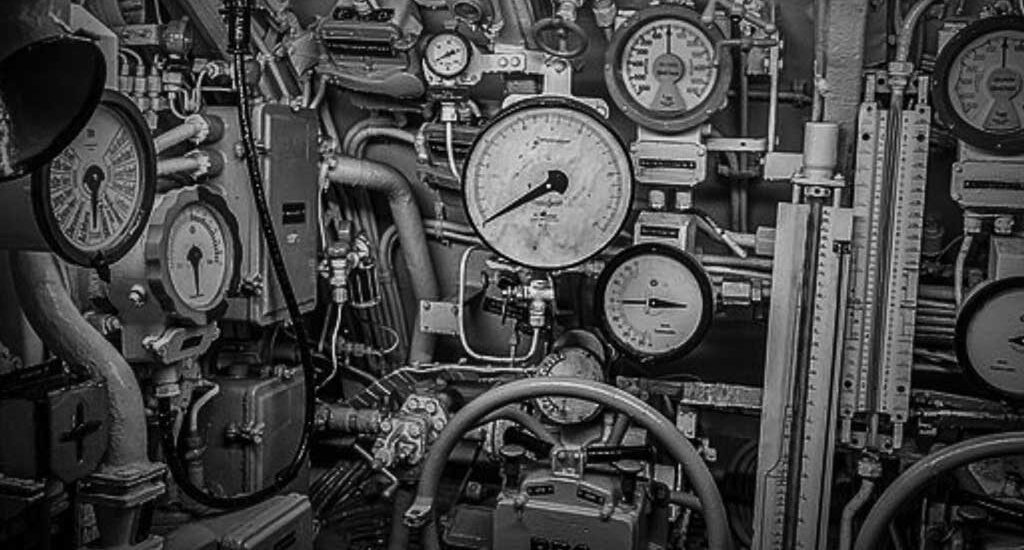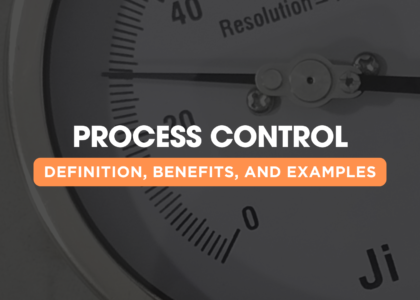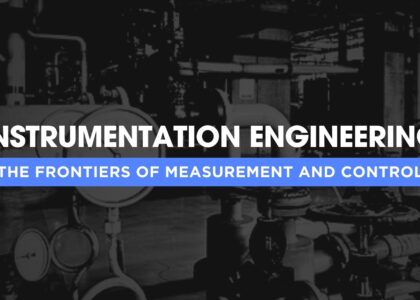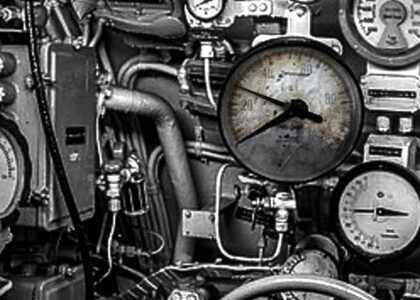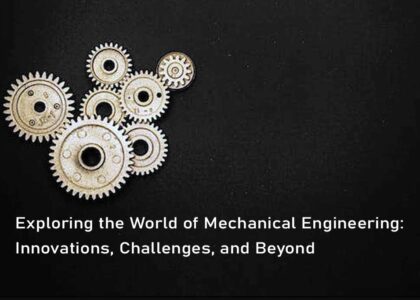In the ever-evolving landscape of industrial automation, the pursuit of precision has become a cornerstone for success. At the heart of this pursuit lies the intricate world of measuring instruments, essential tools that enable industries to meticulously control and monitor various processes. This comprehensive blog aims to delve deeply into the significance of measuring instruments in process control instrumentation, exploring an extensive range of topics including types, applications, and the latest technological advancements. By the end, readers will gain a thorough understanding of the crucial role these instruments play in shaping the future of industrial automation.
Table of Contents
I. Importance of Measuring Instruments in Process Control:
A. Ensuring Accuracy and Consistency: In the complex realm of industrial processes, accuracy and consistency are non-negotiable. Measuring instruments serve as the eyes and ears of the system, continuously collecting real-time data to ensure processes adhere to predefined parameters. This level of precision is not only critical for maintaining product quality but is also essential for regulatory compliance and minimizing waste.
B. Enhancing Safety: The significance of measuring instruments in ensuring the safety of both equipment and personnel cannot be overstated. By monitoring variables such as temperature, pressure, and flow rates, these instruments can promptly detect deviations from normal conditions, triggering alarms or automatic shutdowns to prevent accidents. In this section, we’ll explore case studies highlighting instances where measuring instruments played a pivotal role in averting potential disasters.
II. Types of Measuring Instruments:
- Thermocouples and RTDs (Resistance Temperature Detectors): Delve into the principles behind these temperature measurement devices, exploring their applications across diverse industries. Understand how these instruments withstand harsh environments and provide accurate temperature readings critical for process control.
- Infrared Thermometers: Uncover the technology behind non-contact temperature measurement and the applications of infrared thermometers in various industrial settings.
- Pressure Transmitters and Gauges: Explore the mechanics of pressure measurement instruments, understanding their role in providing crucial information about the state of gases and liquids in a process. Discuss applications ranging from hydraulic systems to manufacturing plants.
- Differential Pressure Transmitters: Investigate how these instruments play a vital role in measuring pressure differences, particularly in applications such as filtration, flow measurement, and level detection.
C. Flow Measurement:
- Flow Meters: Provide an in-depth analysis of different types of flow meters, including electromagnetic, ultrasonic, vortex, and positive displacement meters. Illustrate their applications in measuring fluid flow rates with precision.
- Mass Flow Controllers: Explore the specialized field of mass flow control and its applications in industries such as semiconductor manufacturing and gas chromatography.
D. Level Measurement:
- Level Sensors: Examine the importance of precise level measurement in tanks and vessels, detailing various technologies like ultrasonic, radar, and capacitive sensors. Highlight how these instruments contribute to optimal process control and inventory management.
- Guided Wave Radar Level Transmitters: Delve into the principles and applications of guided wave radar level transmitters, specifically their ability to provide accurate level measurements in challenging conditions such as high temperatures and corrosive environments.
III. Applications of Measuring Instruments:
A. Oil and Gas Industry:
- Pressure and Temperature Measurement in Downhole Applications: Explore how measuring instruments are crucial in downhole applications, providing real-time data for optimal reservoir management and production efficiency.
- Flow Measurement in Pipelines: Discuss the applications of flow meters in oil and gas pipelines, emphasizing the importance of accurate measurements for efficient transportation and distribution.
B. Pharmaceutical Manufacturing:
- Validation and Calibration of Measuring Instruments in Pharma Processes: Highlight the stringent requirements of the pharmaceutical industry and the role of measuring instrument validation and calibration in ensuring compliance with regulatory standards.
- Flow Control in Bioprocessing: Explore how measuring instruments contribute to precise flow control in bioprocessing applications, where maintaining specific conditions is critical for the production of pharmaceuticals and biologics.
C. Chemical Processing:
- Temperature Control in Chemical Reactions: Investigate how temperature measurement and control play a crucial role in ensuring the success of chemical reactions, with a focus on safety and efficiency.
- Level Measurement in Chemical Storage Tanks: Discuss the importance of accurate level measurement in chemical storage tanks, emphasizing its role in preventing overflows, and spills, and ensuring proper inventory management.
IV. Advancements in Measuring Instrumentation Technology:
A. Industry 4.0 and IIoT Integration:
- Smart Sensors and Edge Computing: Explore how measuring instruments are evolving to become integral components of the Industrial Internet of Things (IIoT), providing real-time data for smart decision-making and predictive maintenance.
- Cloud-Based Monitoring Systems: Discuss the benefits of cloud-based monitoring systems, enabling remote access to critical data and facilitating collaboration among stakeholders.
B. Wireless Technology:
- Advantages of Wireless Measuring Instruments: Delve into the advantages of wireless measuring instruments, including increased flexibility, ease of installation, and cost-effectiveness. Provide case studies illustrating successful implementations in various industries.
- WirelessHART Protocol: Explore the specifics of the WirelessHART protocol, a wireless communication standard designed for process automation, and its applications in enhancing communication between measuring instruments.
C. Remote Monitoring and Control:
- Remote Diagnostics and Troubleshooting: Discuss how remote monitoring and control capabilities enhance the efficiency of industrial processes, allowing for quick diagnostics and troubleshooting without the need for physical presence.
- Cybersecurity Measures for Remote Systems: Address the growing importance of cybersecurity in the context of remote monitoring and control, outlining best practices to safeguard critical infrastructure from potential threats.
V. Future Trends and Innovations in Measuring Instruments:
A. Nanotechnology in Measuring Instruments: Investigate how nanotechnology is influencing the design and functionality of measuring instruments, providing enhanced sensitivity and precision in measurements.
B. Artificial Intelligence and Machine Learning: Explore the role of artificial intelligence (AI) and machine learning (ML) in analyzing data from measuring instruments, enabling predictive analytics and proactive decision-making.
C. 3D Printing in Measuring Instrument Manufacturing: Discuss the impact of 3D printing on the manufacturing process of measuring instruments, including the customization of sensors for specific applications and the reduction of production costs.
VI. Conclusion:
In conclusion, the world of measuring instruments for process control instrumentation is expansive and dynamic, continually evolving to meet the demands of modern industrial processes. From ensuring accuracy and consistency to enhancing safety and enabling remote monitoring, these instruments are at the forefront of industrial automation.
As we look towards the future, the integration of advanced technologies, such as Industry 4.0, wireless communication, and artificial intelligence, promises to further revolutionize the field, pushing the boundaries of what is possible in terms of precision and efficiency. The journey into the intricate world of measuring instruments is one of innovation, challenges, and the relentless pursuit of perfection in process control instrumentation.
“Ji” Japsin Instrumentation – Since 1974



